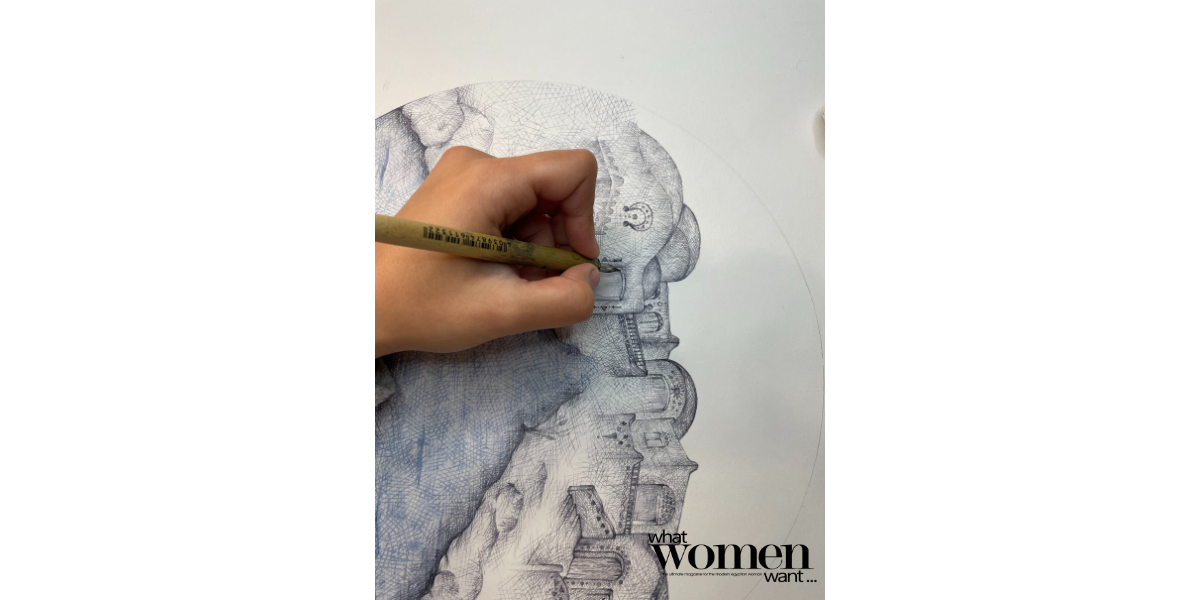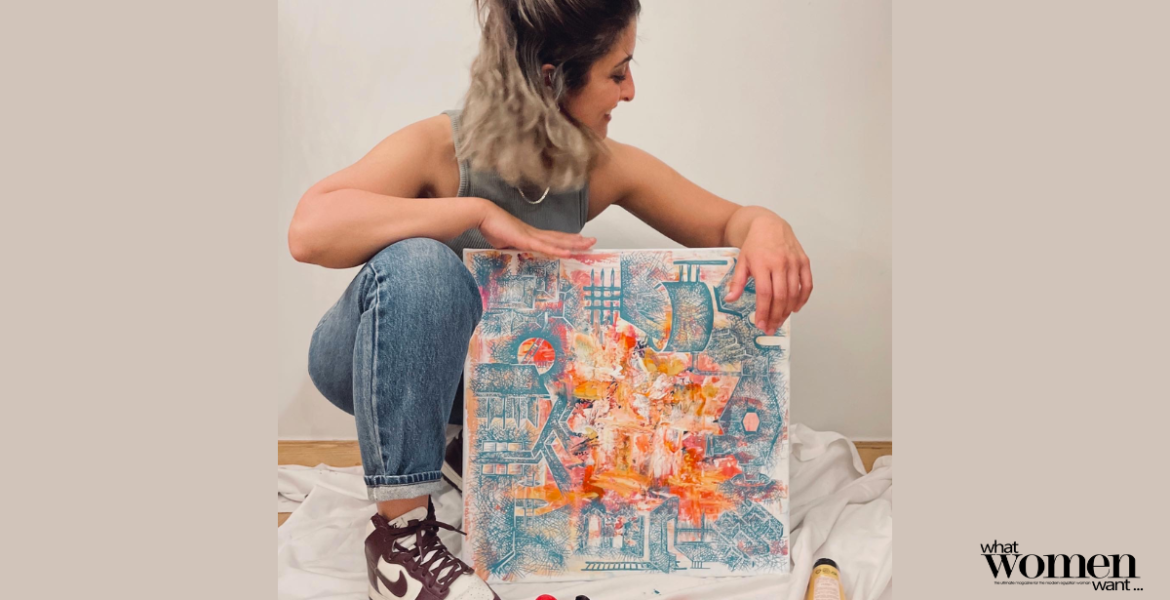All across Egypt are long-standing architectural wonders that hold a significant place in the country’s rich history. Historians, architects and the like document each building and landmark in their own special way but when it comes to artists, things are taken to new heights. Meet Dania Haytham, architect turned artist and one of the special few who uses her innate artistic ability to showcase Egypt in a new and fresh light.
 Using dip pens and ink, for 8 years, Haytham used the simplicity of one color drawings sketched with multiple lines to portray the depth and multi-layered complexity of architectural scenery, “I loved the challenge of portraying the feel of an environment, the different forms, textures, materials, and perspectives with only one color and some lines.”
Using dip pens and ink, for 8 years, Haytham used the simplicity of one color drawings sketched with multiple lines to portray the depth and multi-layered complexity of architectural scenery, “I loved the challenge of portraying the feel of an environment, the different forms, textures, materials, and perspectives with only one color and some lines.”
Working with ink takes a lot of patience as to create that 3D effect, Haytham sketches multiple layers to reach the final piece, sometimes amounting to 4 or 5 layers. It is also a very challenging art especially if the artist is using dip pens. “The dip pens are a whole different story though, their technique, the patience they require -because the ink runs out very fast- is so meditative” explained Haytham.
 What makes her artwork unique is how she always pushes to exceed herself, “It is always the scenario of what if; going beyond what you know, beyond your imagination and beyond what you have learned to see.” That mentality seeps through the ink and onto her work. Seeing her artwork, you’ll notice details that are easily missed or overlooked. Her artwork is all about reminding people about the beauty of Egyptian architecture, “there are so many layers to architecture that are lost, they are unseen! I always love to take people through the places they have overlooked through my artwork.”
What makes her artwork unique is how she always pushes to exceed herself, “It is always the scenario of what if; going beyond what you know, beyond your imagination and beyond what you have learned to see.” That mentality seeps through the ink and onto her work. Seeing her artwork, you’ll notice details that are easily missed or overlooked. Her artwork is all about reminding people about the beauty of Egyptian architecture, “there are so many layers to architecture that are lost, they are unseen! I always love to take people through the places they have overlooked through my artwork.”
Prominent monuments like the Nilometer which measures and predicts the Nile’s levels and behaviors, Ibn Tulun mosque as well as Bab Zuweila have made it to Haytham’s sketch books. She doesn’t just portray them but makes sure to do so in a way that allows viewers to see them from a new perspective, “I love taking objects out of their natural order and experiment how they fit into a different world, a different scenario with a different perception. It’s as much a challenge for me as it is for the viewer.”
 Along with her past work, today, Haytham is bringing something entirely new to the table with her latest ongoing project. As an artist, she already applies cross-hatching techniques to her artwork but she never did so on a large scale, “it is challenging to scale up the cross-hatching technique I use while still maintaining perspective, took a lot of practice and a lot of trial and error.” Along with that, it is the first artwork where she will incorporate different textures into her piece, “the integration of scale, textures, lines, space, and color is something I haven’t done before; and I can’t wait for everyone’s feedback.”
Along with her past work, today, Haytham is bringing something entirely new to the table with her latest ongoing project. As an artist, she already applies cross-hatching techniques to her artwork but she never did so on a large scale, “it is challenging to scale up the cross-hatching technique I use while still maintaining perspective, took a lot of practice and a lot of trial and error.” Along with that, it is the first artwork where she will incorporate different textures into her piece, “the integration of scale, textures, lines, space, and color is something I haven’t done before; and I can’t wait for everyone’s feedback.”

